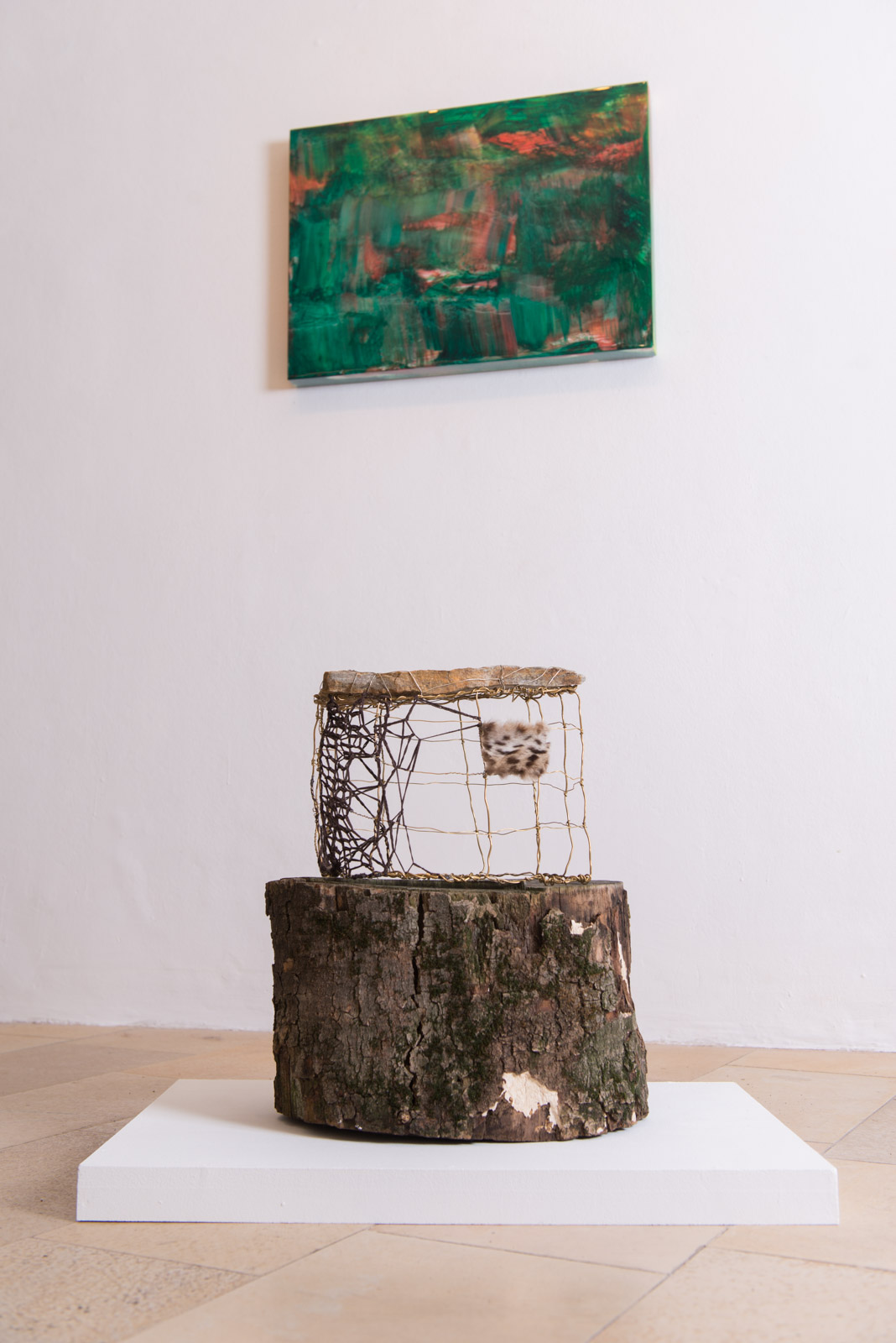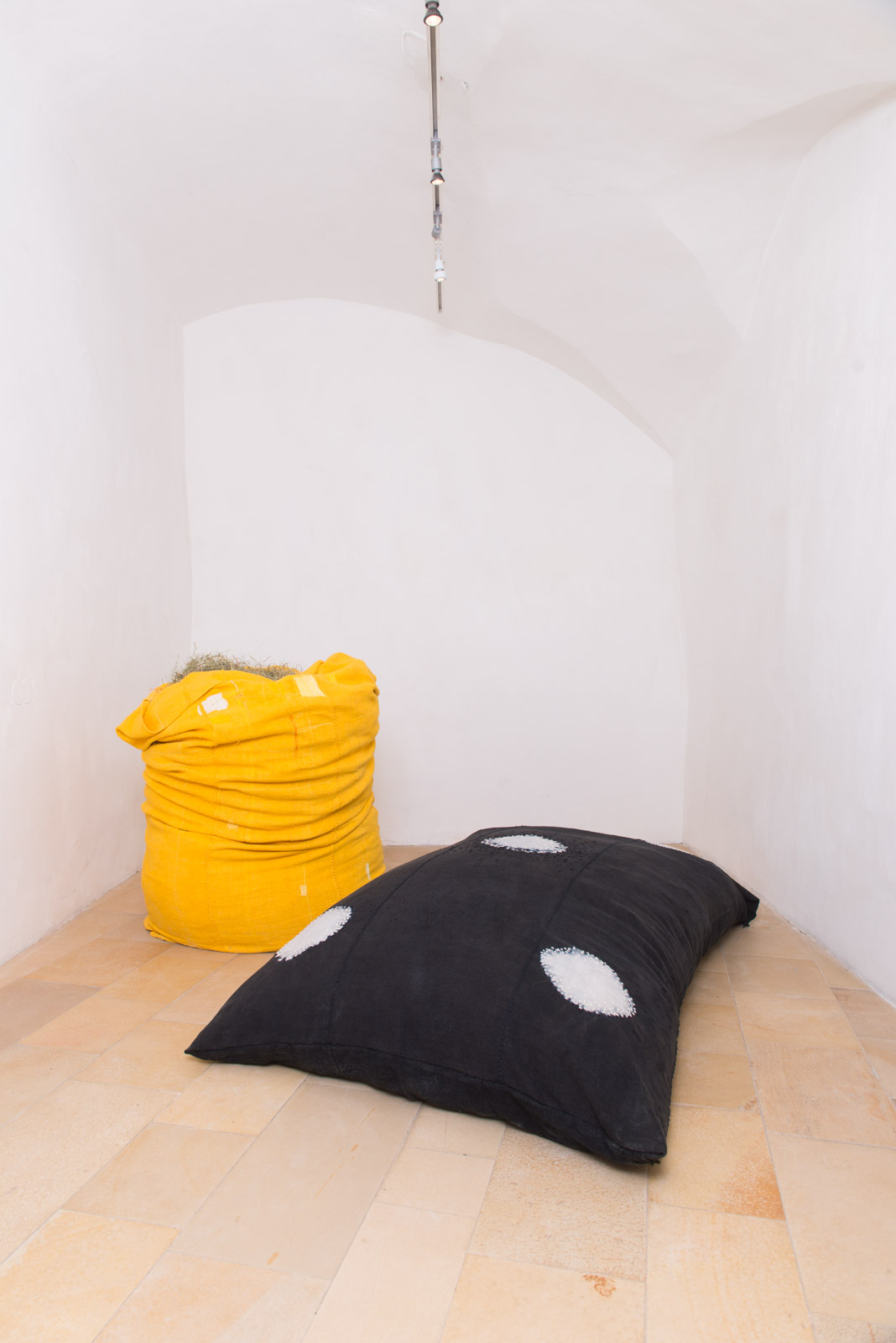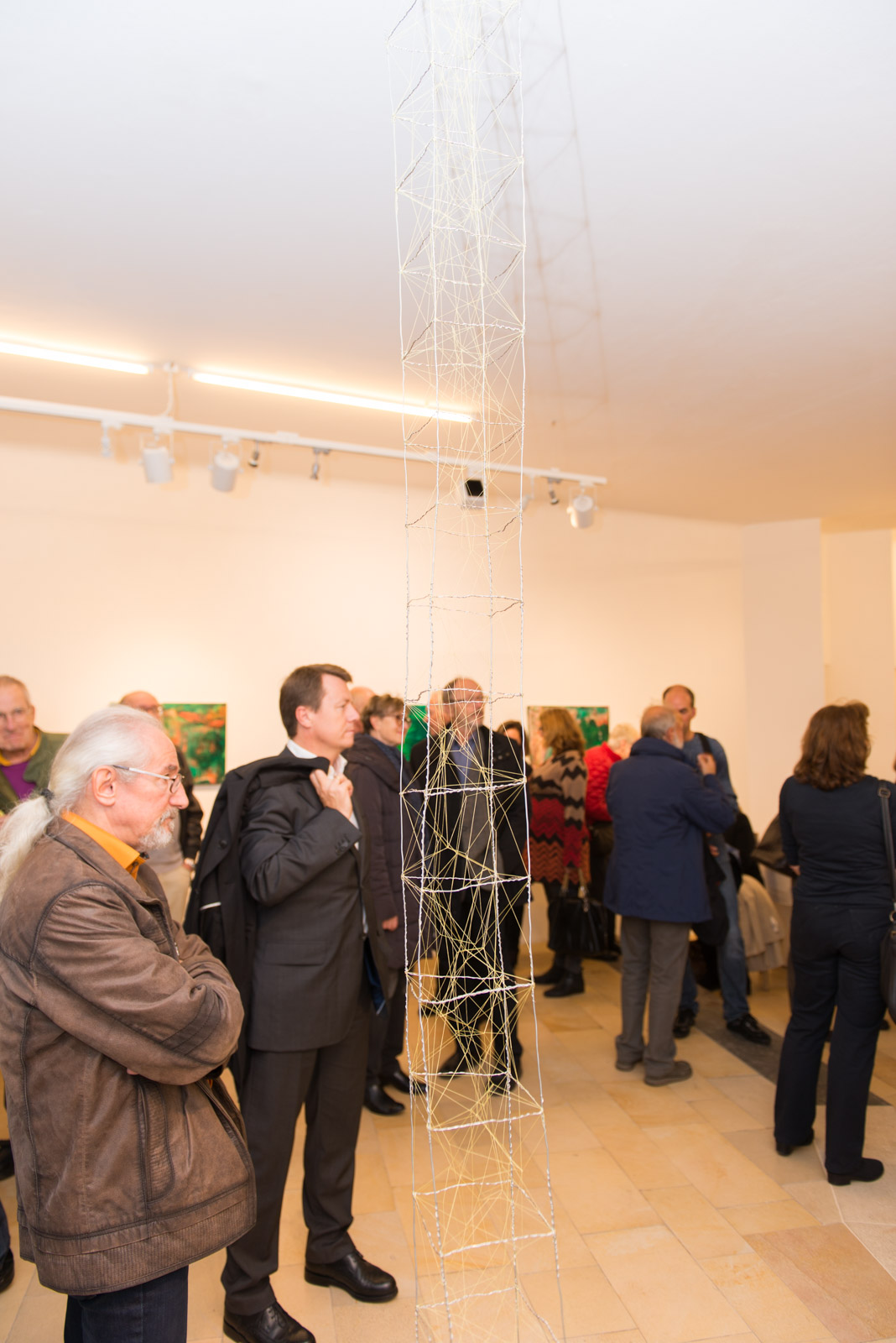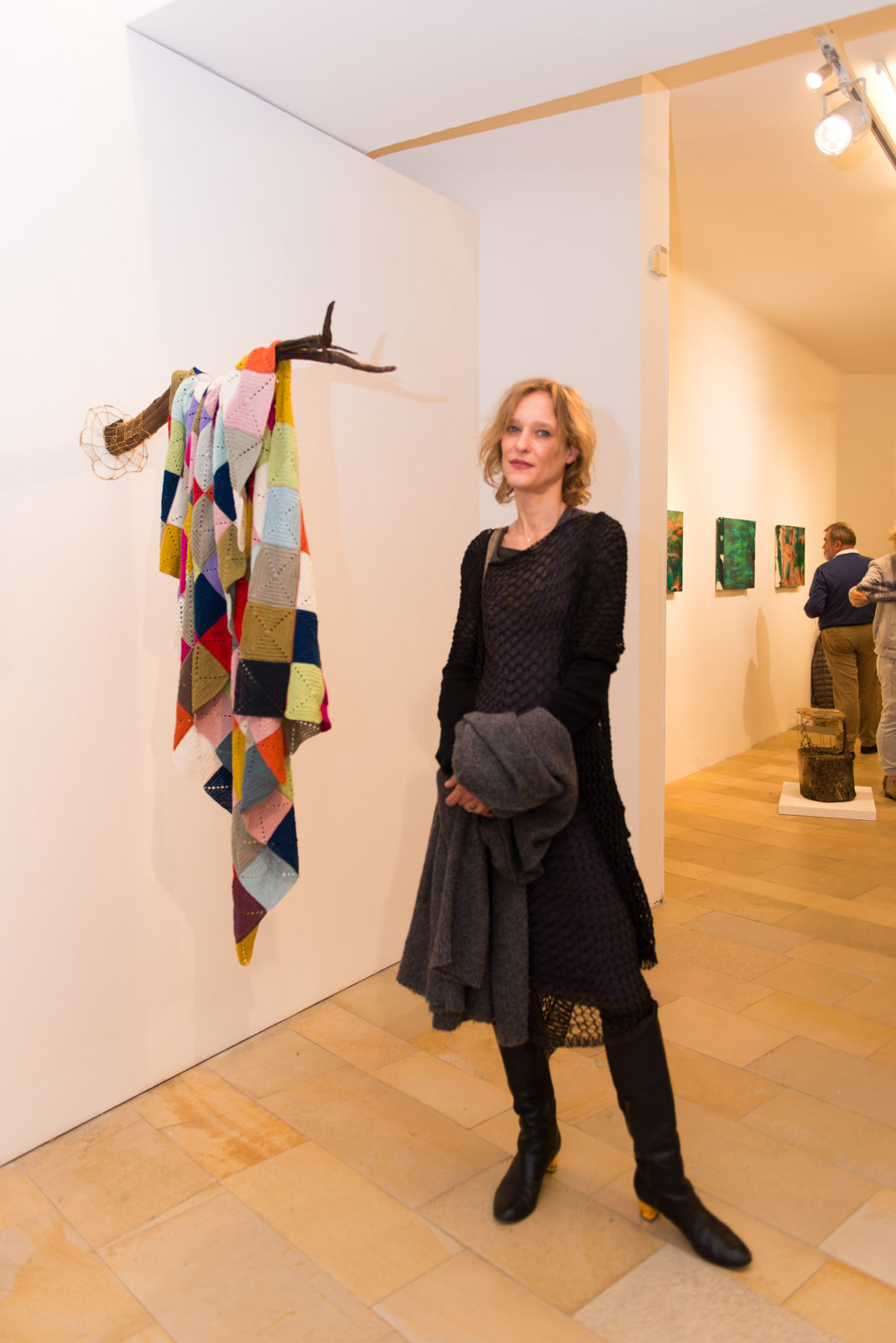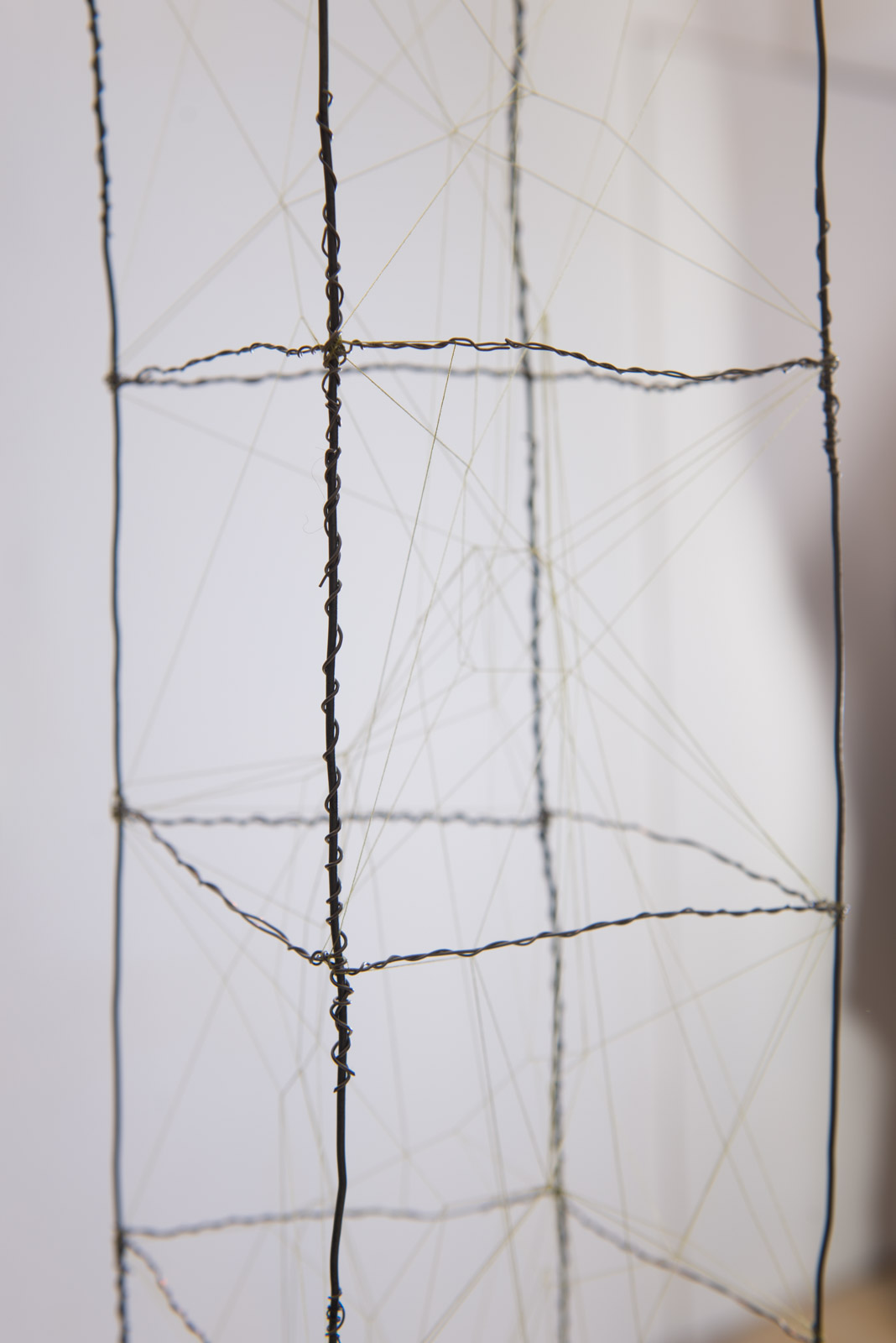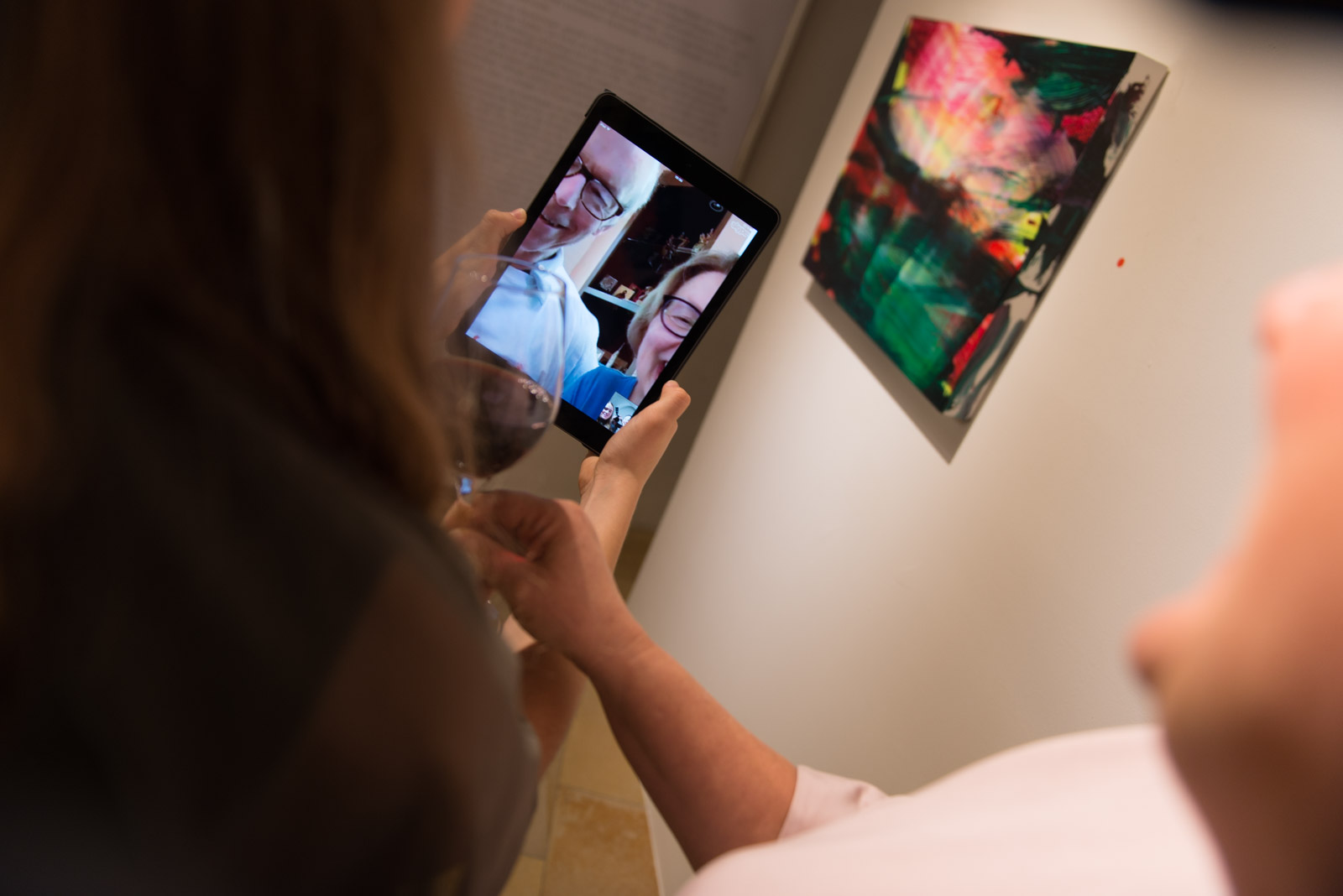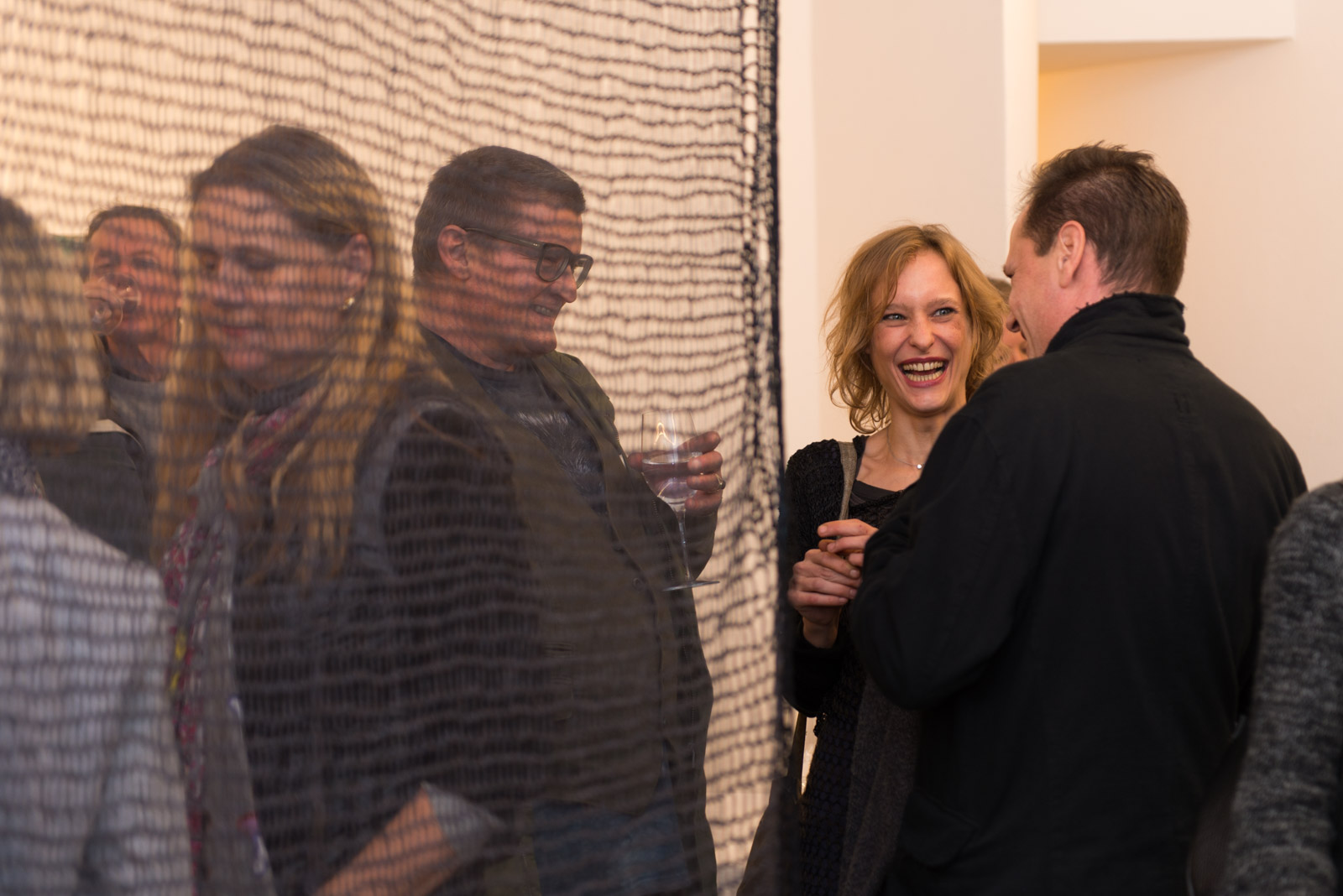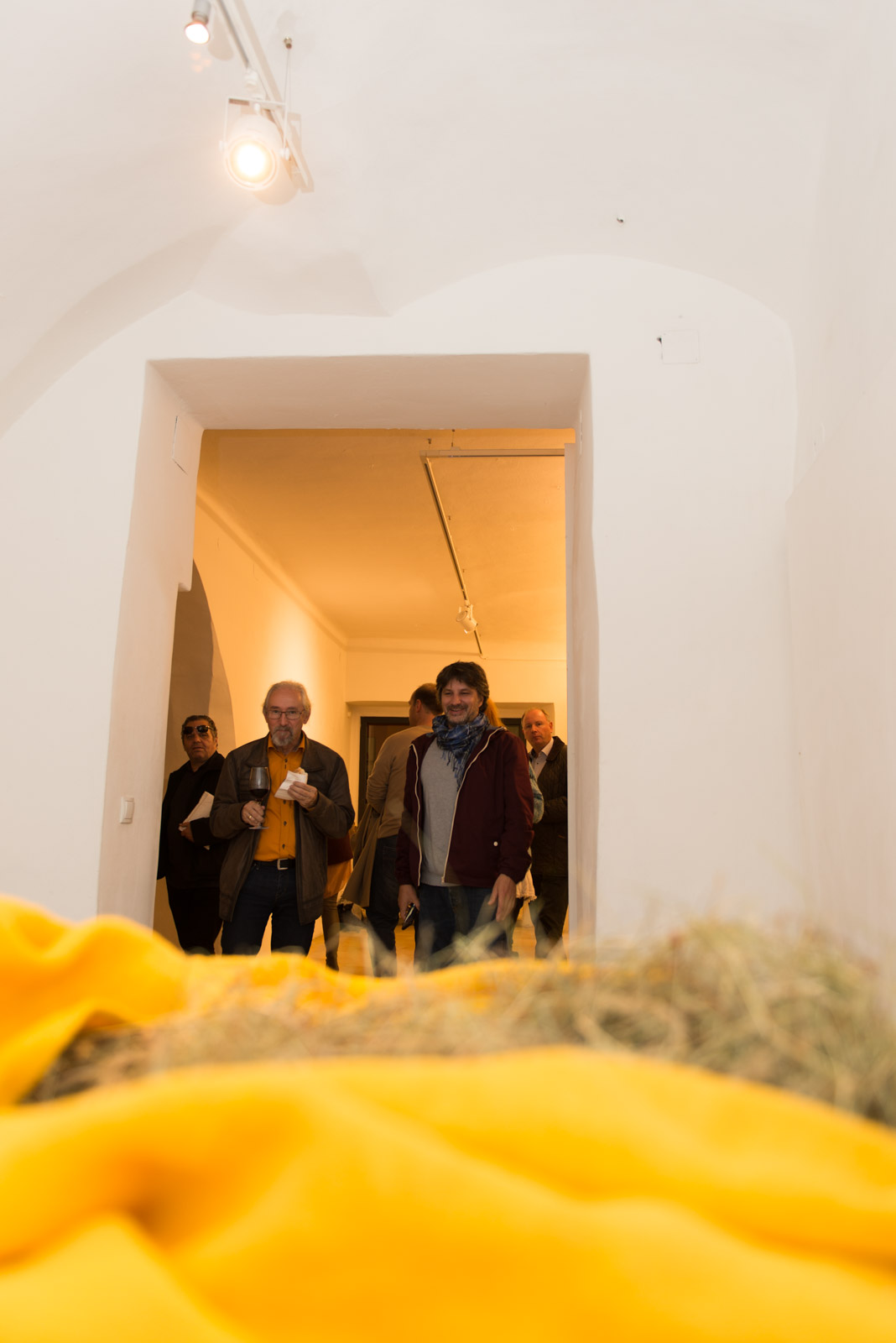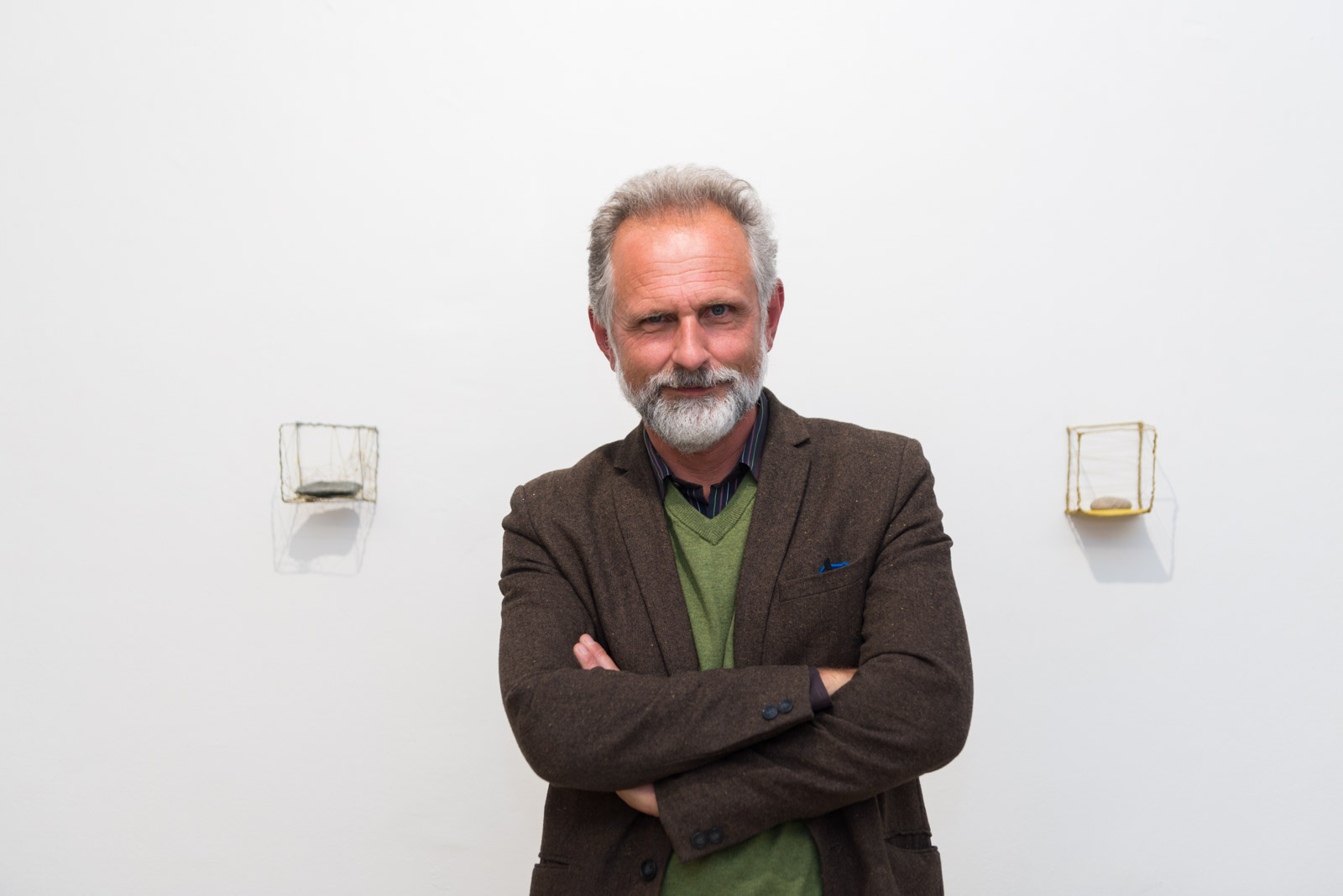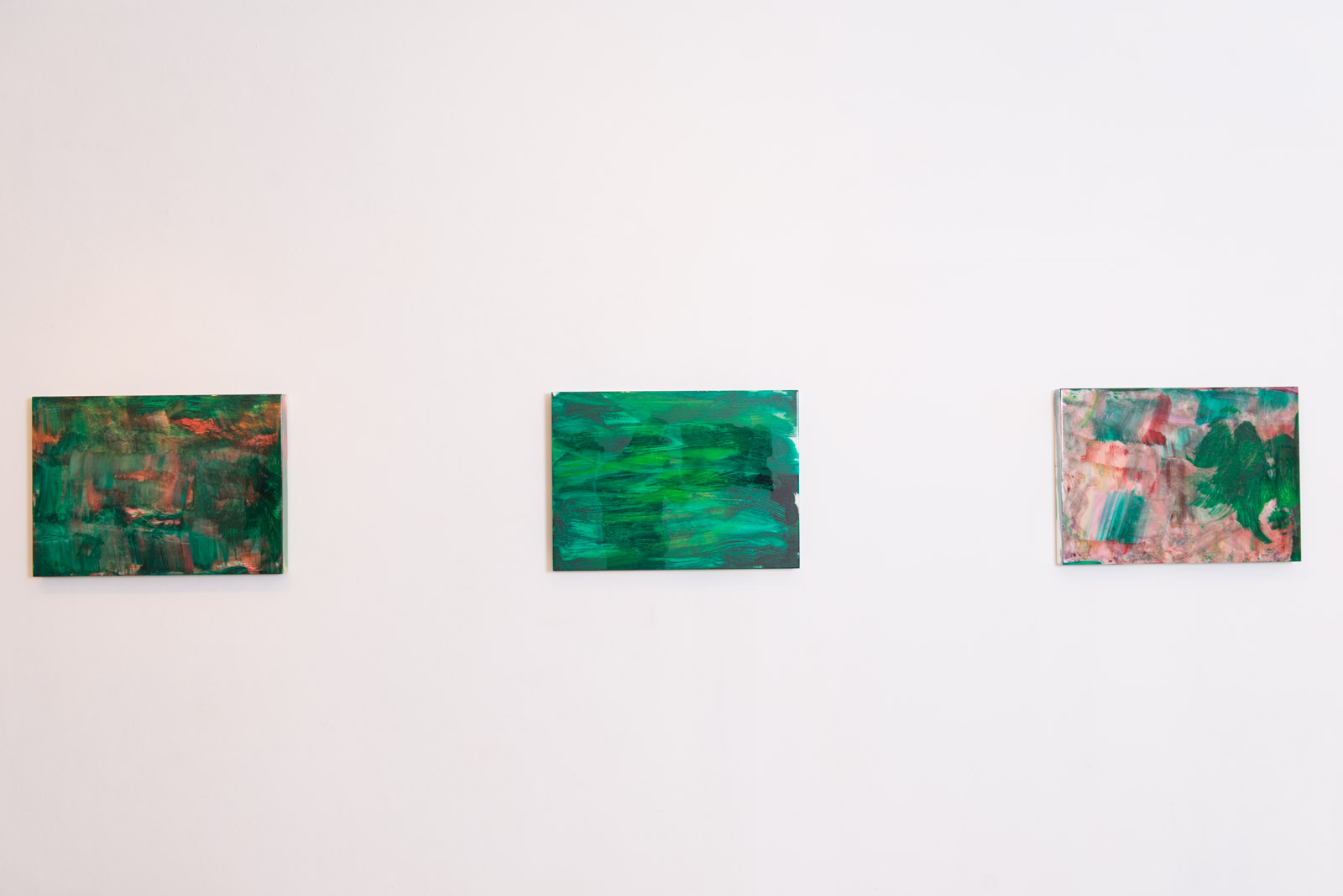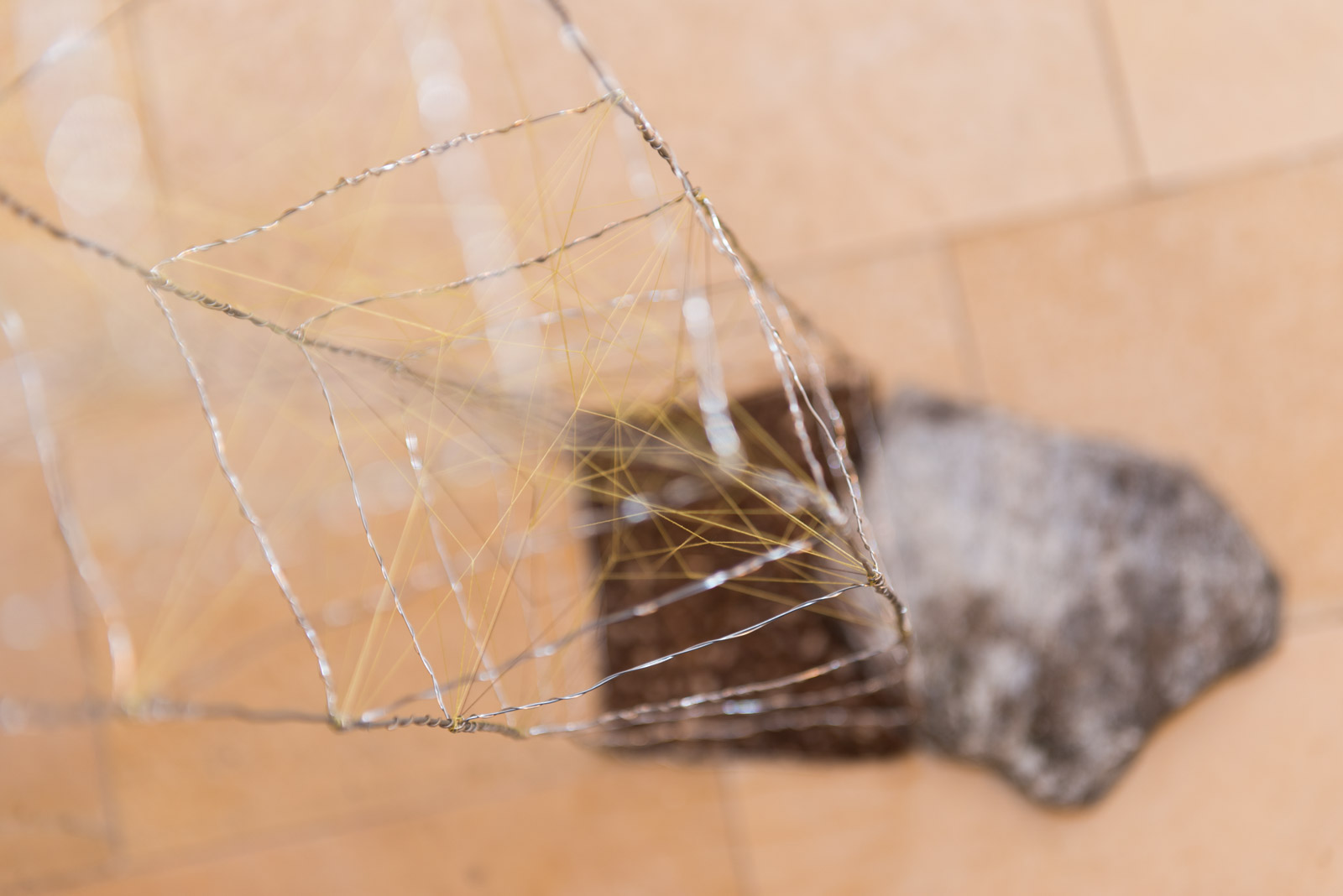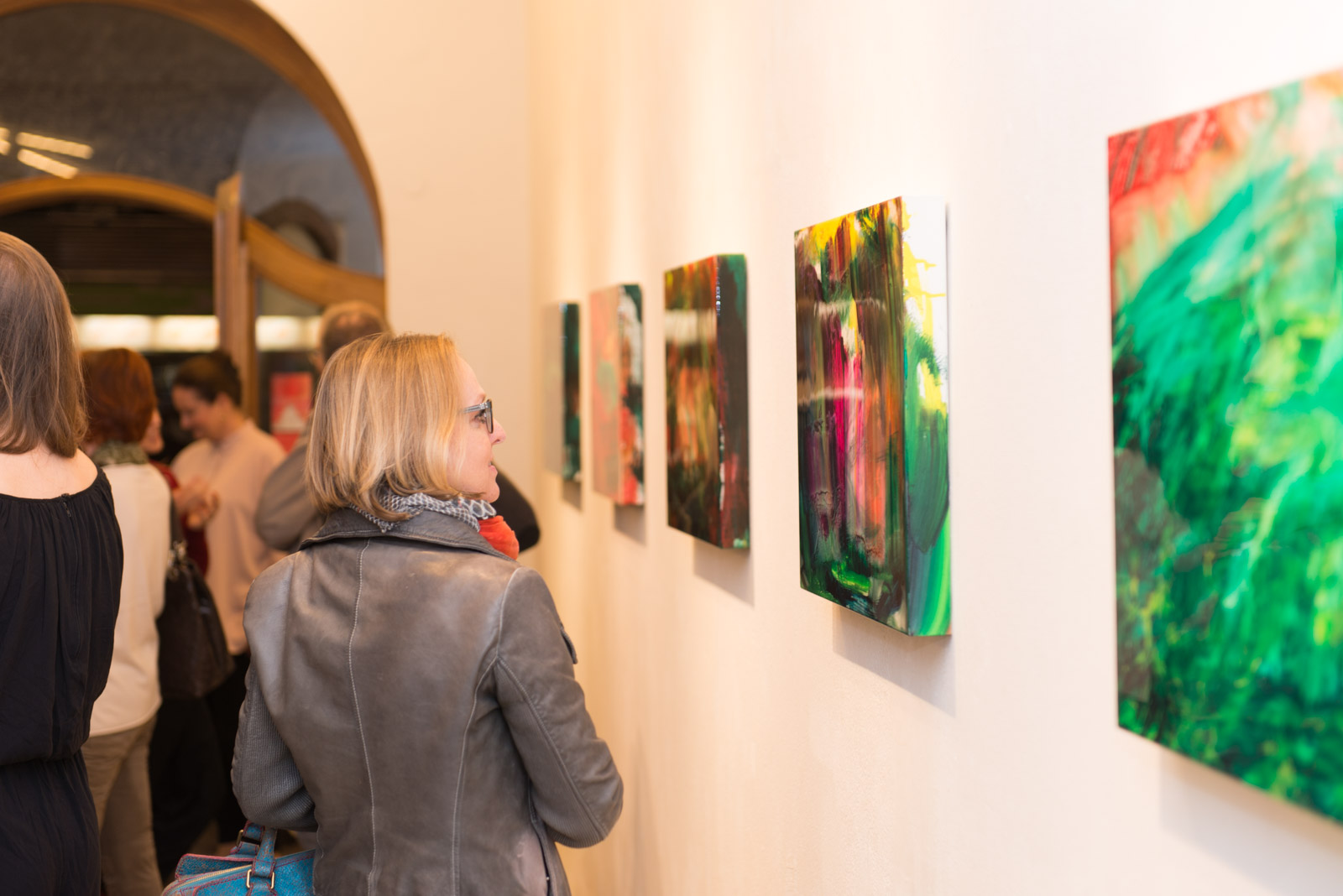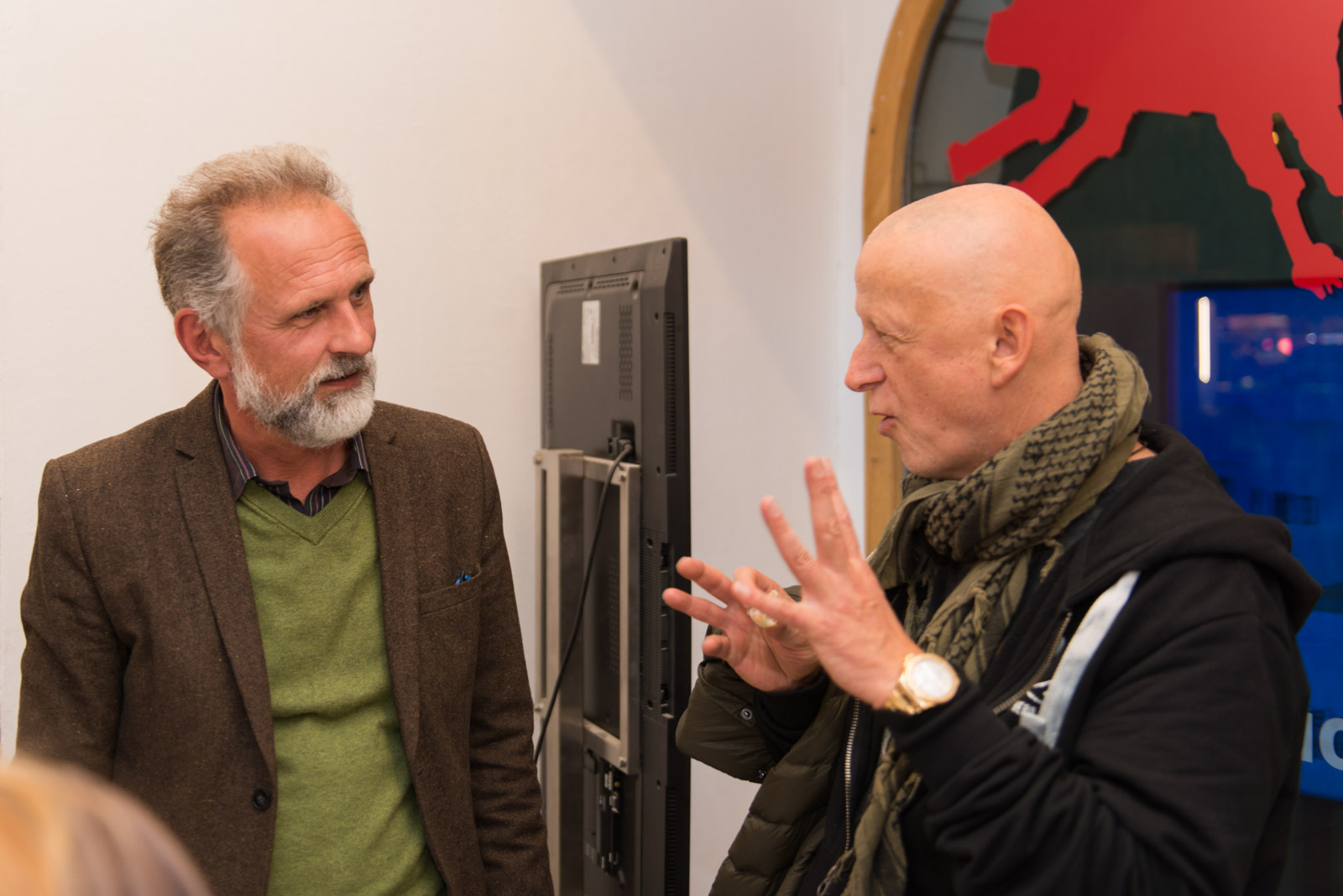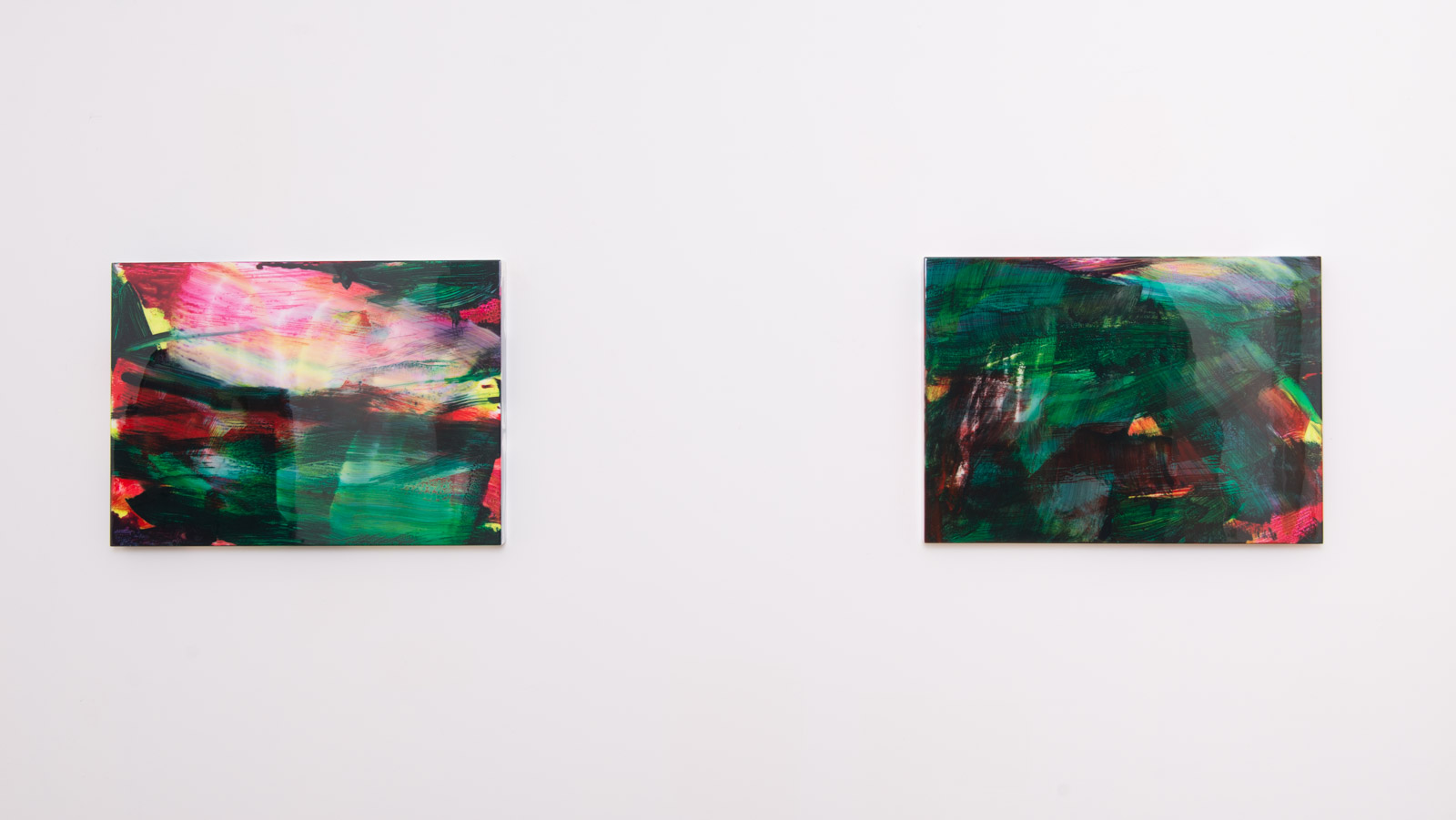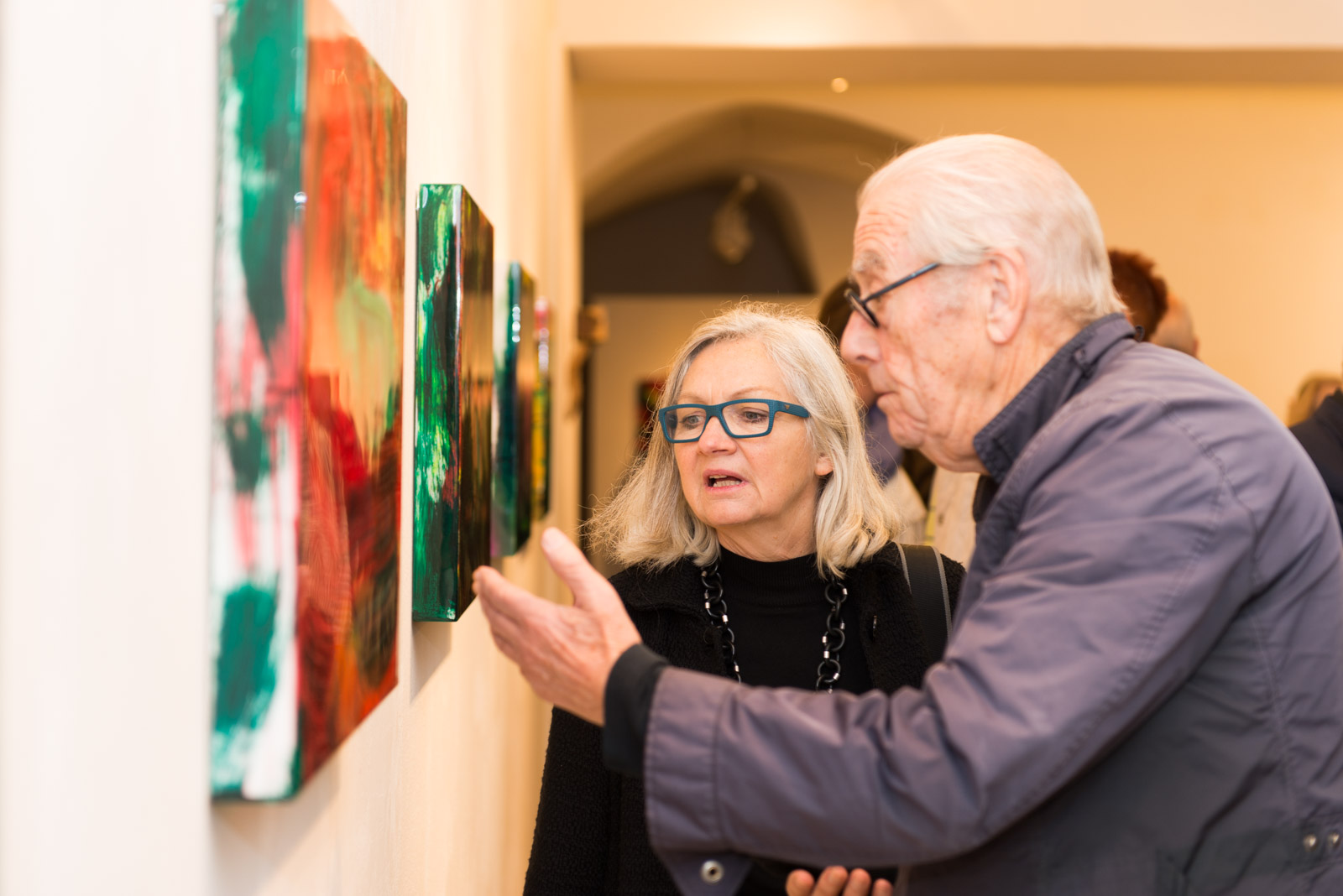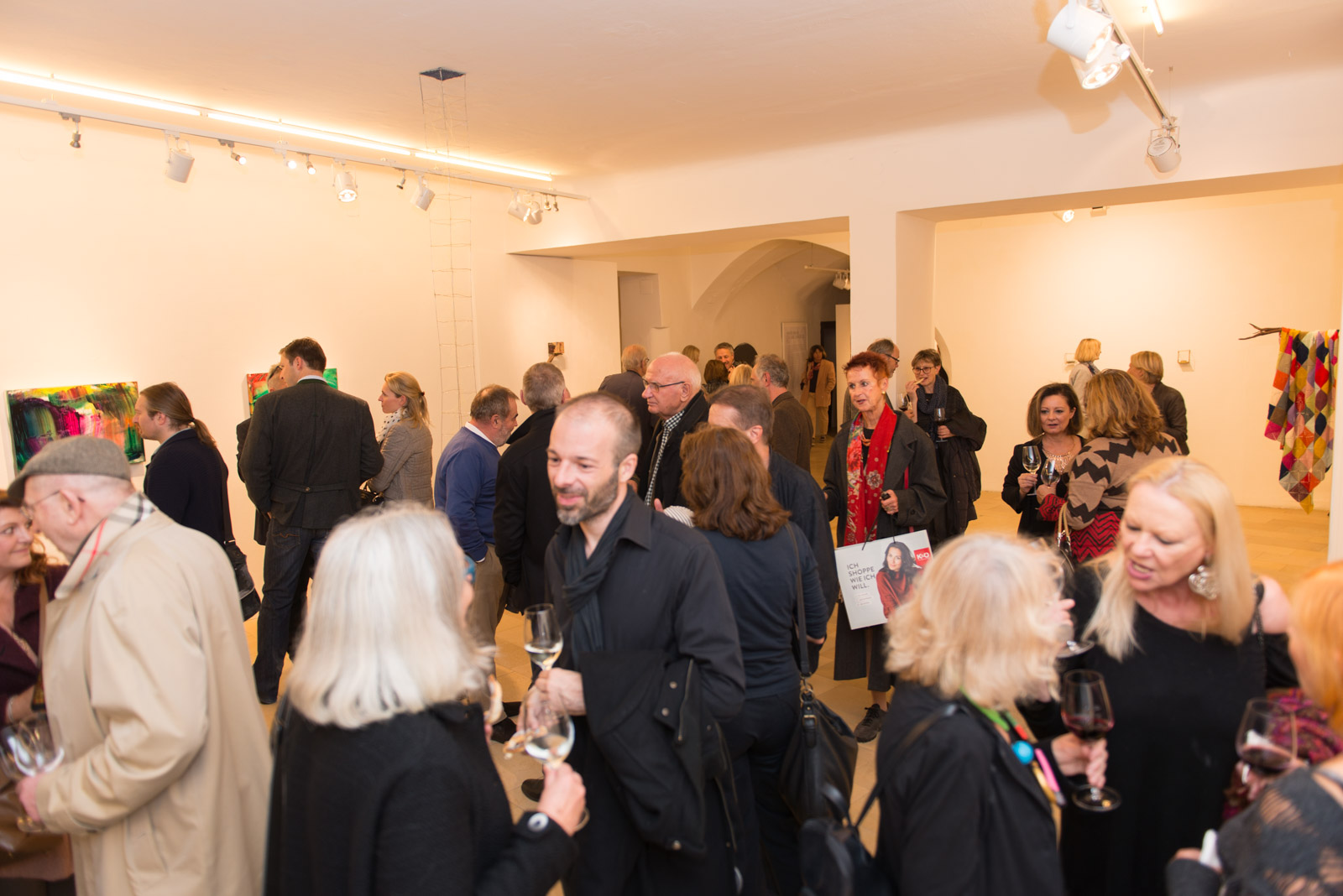Opening on monday 17th of october 2016, 7 pm
Introduction by Günther Holler-Schuster
Exhibition: 18th october – 19th november 2016
In this joint exhibition, Reinisch Contemporary presents new works by Herbert Brandl alongside the first comprehensive selection of works by Edelgard Gerngross. Taken together, these two positions, seemingly unrelated at first glance, acquire astounding associations. These certainly don’t lie in their formal orientation. Rather, they act as commentary on each other, bringing together certain points of view and perceptional structures.
Brandl’s series of small formats, in Chinese ink, initially pursues the goals of abstract-gestural painting. Ink, a very liquid substance, supports the transparent character of the design, which creates, via its compact and remarkably glossy surface finish, an image quality that is strikingly three-dimensional. As if in layers, a configuration manifests itself, which we recognise as the image. Reminders of landscapes may arise. They are, however, no naturalistic recurrences or emotional facsimiles taken from reality. Rather, developmental processes are appropriated from nature and become crystallised, or solidified. A process of nature; frozen in the moment.
Edelgard Gerngross’ textile works operate in a similar fashion. Soft textile materials, typically found in close proximity to body and skin, turn into testimonies of emotional and social occurrences. The artist uses contrasting materials (wool, rock, wood, wire, hay, found objects), which, in their fragility as raw substance, also underline human frailty as it relates to mental conditionality. Towering, outstretched, compressed or legible as image, sculptural structures emerge in space. Their indefiniteness – image or object – is what unites Gerngross’ objects and Brandl’s images. There, too, a momentary and, by all means, emotional condition – that of perceiving nature – is ostensibly detained mid-procedure and materialised as image. The shiny, hard surface of the paintings supports both the object-ness of the images as well as their pictorial-ness. Under the transparent, glassy surface, the basic laws of painting and nature appear to flow, or sprawl, into one another. One can imagine the artist as a marvelling observer, who watches these processes and attempts to arrest their self-propulsion from time to time. This leaves it unclear whether the pictured landscape is about to take shape, melt or drift away. The fleetingness of the visual impression, which merges with the mirror image of reality where it meets the glossy surface, becomes a Perpetuum mobile of existence in general. The textile objects follow the same process of transformation. While the one freezes liquid into surface and becomes image, the other builds a thread – a line – into an object and manifests in space. In this delicate interplay of image and object, Brandl and Gerngross develop an emotional landscape, which, step by step, leads viewers into their own intimacy, leaving them to “sift through their emotions”.
Günther Holler-Schuster





